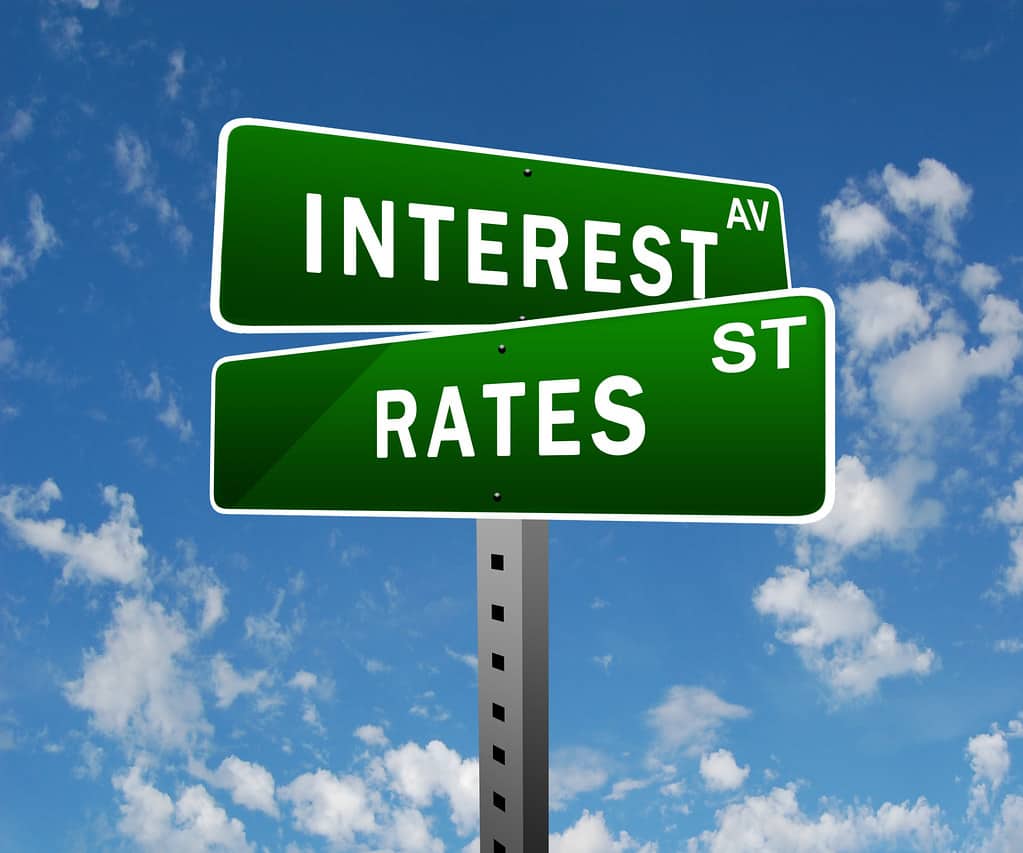One of China’s leading state-owned financial news publications says that the country has seen the start of a new low-interest rate era following a reduction in the rate for excess reserves held with the central bank to curb the impacts of the COVID-19 outbreak.
Beijing has unveiled a slew of policy measures to keep the Chinese economy afloat following the spread of the novel coronavirus, which recently culminated in a third targeted cut to the required reserve ratio (RRR) in 2020, as well as a reduction in the interest rate for excess reserves kept with the People’s Bank of China (PBOC).
PBOC announced that it would reduce the interest rate for excess reserves deposited with it from 0.72% to 0.35% on 7 April, for the first reduction in 12 years since 2008.
PBOC also hopes to unleash 400 billion yuan via a cut in the RRR for a select group of smaller lenders, which will be implemented via two equal cuts of 0.5 percentage points on 15 April and 15 May.
In January 2020 PBOC reduced the RRR by 0.5 percentage points to release 800 billion yuan, while in March it reduced the RRR to unleash a further 550 billion yuan for financial inclusion loans.
An editorial published by Securities Times (证券时报) – an imprint of the Chinese Communist Party’s People’s Daily, said that the moves marked a major change in China’s interest rates regime.
“Since the start of this week, short and medium-term market rates have all fallen, sovereign bond futures contracts have risen across the board, and interbank cash yields mainly fallen,” said the opinion piece by Sun Lulu (孙璐璐).
“These trends all indicate that at present funds on the interbank market are ample, and the era of low interest rates has arrived.
“The significance of the policy message sent by the subsequent large-scale reduction in the excess deposit reserve interest rate after a period of 12 years is greater than its actual impact.
“The intention of the central bank with this move is to send markets the signal of ‘intensified’ loosening of monetary policy.
“On the one hand, a reduction in the level of returns for funds deposited by banks with the central bank will compel banks to direct more funds towards lending to support the real economy.
“On the other hand reductions in the bottom for the interest rates corridor drive an overall downwards shift in rates for market funds, thus enabling the transmission of a decline in market funds rate to lending rates, reducing the financing costs for the real economy.”
Related stories
PBOC Cuts Interest Rate for Excess Reserves for First Time since 2018
China Unveils Another Targeted Reserve Cut, Set to Inject USD$56.38 Billion




